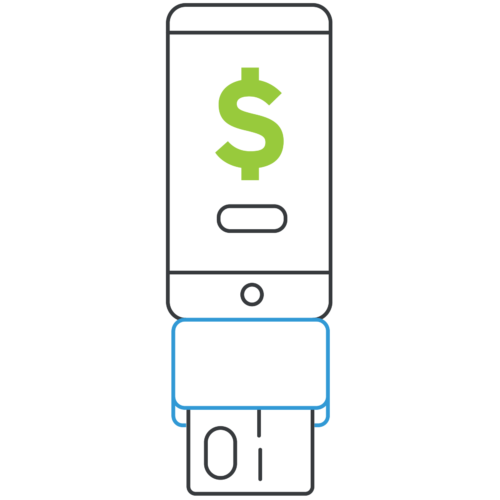
After that has been performed, the card exchanges have been completed and the card can be removed from the RF field. If not all the required data has yet been received then the kernel will be required to issue Read Record commands to retrieve the remaining data. In some cases it may not be necessary to perform any other APDU commands after the Get Processing Options response has been received.

To optimise the number of APDU commands that need to be exchanged with the contactless card, the Get Processing Options response may also contain many of the other data items that are required to process the transaction. The first APDU issued by the Visa Kernel is a Get Processing Options command, and it is the card’s response to this that will contain the AIP. Visa also supports the ability to apply Dynamic Reader Limits (DRL) to determine whether the default transaction limits should be applied to the transaction, or whether settings specific to the type of Visa card should be applied (for example, in Europe a higher transaction limit may be applied to consumer device transactions such as Apple Pay that have verified the cardholder using CDCVM). Visa processing begins by analysing some of the information from the Entry Point’s Pre-Processing and Combination Selection. However, as qVSDC support is mandatory for all new Visa contactless card products, all terminals should support qVSDC and only legacy transactions are now processed in Mag-Stripe Mode.įor terminals that support both modes, the card will supply a data object called the Application Interchange Profile (AIP) that determines whether the transaction will continue in EMV Mode or Mag-Stripe Mode.


Traditionally in the USA, all Visa contactless transactions were processed using Mag-Stripe Mode (known as MSD for Visa), whereas other geographic regions used EMV Mode (known as qVSDC for Visa).


 0 kommentar(er)
0 kommentar(er)
